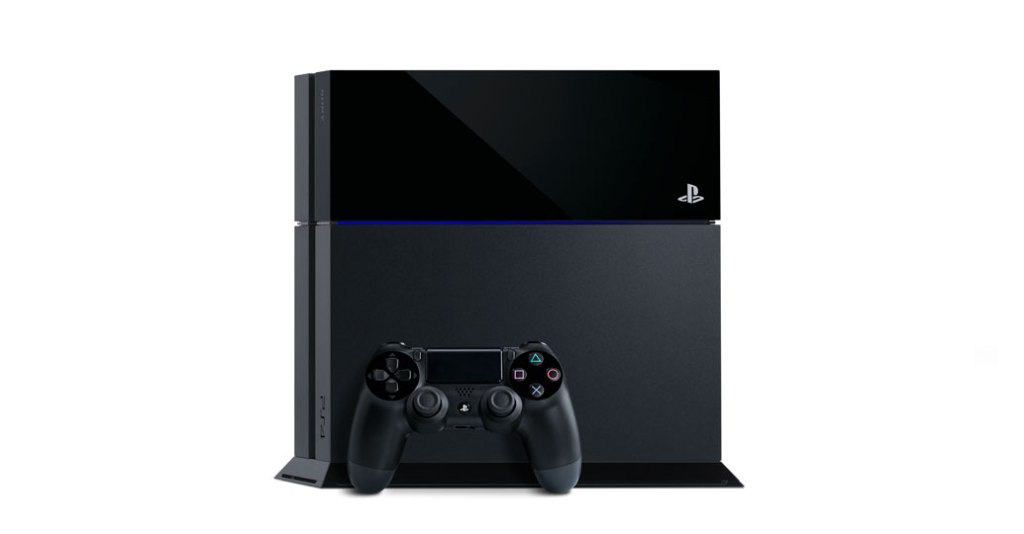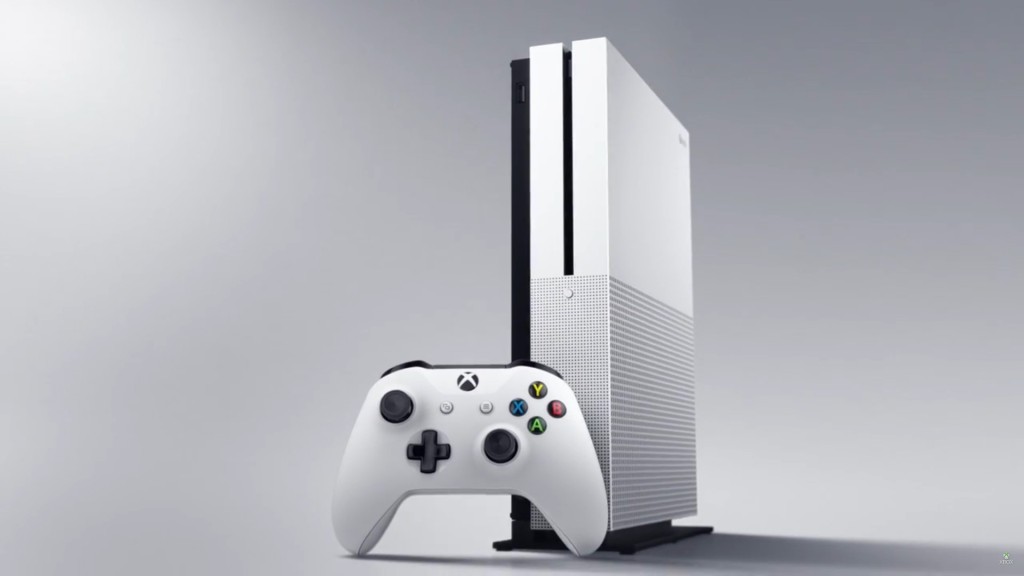With Sony announcing prior to E3 that they had nothing to announce about the PS4 Neo (as you do) and Microsoft announcing that they have nothing to show about Project Scorpio but it’s really, really neat we’ve entered yet another bizarro console Cold War in the lead up to the next round of console hardware launches.
This time there’s been much conjecture about whether these new consoles are coming too soon or will damage the typical console lifecycle of around five years through faster obsolescence of hardware. But the reality of it is that this isn’t all that unusual; just rarely seen by platform holders not beginning with the letter N (and ending in intendo).
Just take a look at the 3DS which was supplanted by the New 3DS and also spun off into the 2DS – there’s literally three tiers that Nintendo created to support their user base from the lowest (2DS) to highest (New 3DS). And that doesn’t even take into account the XL versions either. Going back further into their previous generations there was the DS and DSi, three variations of Game Boy Advance and four Game Boy, including the colour version.
In some respects, Sony is looking to follow Nintendo in this regard – the PS4 Neo is not intended to be a massive step up but to provide additional hardware capability for the changing face of gaming which currently has VR as its poster child. Without trying to sound dismissive, the PS4 Neo could almost be looked on as the GameBoy Color of its platform generation – it’s a notable step up in what it can do but is also trying not to distance itself too far from its roots and risk alienating too many users. It’d also help with compatibility, by potentially reducing the areas of concern with PS4 software running on faster hardware.
What might be more interesting is if Sony would be willing to commit to a regular schedule of updated hardware – then they may not necessarily need to come up with their own monster console to beat Microsoft. Advances in chip designs and miniaturization should guarantee better capability regardless and they can instead focus on further innovating their hardware platform to differentiate it instead… maybe a PSVR2?
It has to be noted that PSone backward compatibility has existed on PlayStation for years now but supporting the software of newer platforms seems to have either been put into the too hard basket or avoided so players can be charged again for games they already own. Having a consistent architecture from this point onwards should end that mistake on the software side.
Now, throughout those generations of Nintendo’s handheld the lifespan of software titles was often extended thanks to backward compatibility with each platform’s predecessor. So for at least a time during a new platform’s early years, there was a stable of game titles readily available for players. It was here that the idea of taking your old games with you was a big success.
So with games software not being bound to proprietary hardware like cartridges and platforms being built on more familiar architectures, there is much more potential for games to continue following their owners from the time of purchase. And if there is a company out there that understands dealing with a substantial platform legacy and its software (for better or worse), it’s Microsoft.
And they seem to be aiming high too in proving their point with Project Scorpio which is expected to deliver a console that seems more an Xbox One 2.5 rather than a half step that was originally rumoured. If you can run Xbox One, 360 and even (fingers crossed) original Xbox games on this new machine they’ve succeeded in making Xbox less about the hardware and all about the software. If they can achieve the same with the current Xbox One and even PCs via the Universal Windows Platform, then they have their own product tiers for their platform ambitions.
What we end up with now then is Microsoft actually being the one to make the SteamOS concept work and possibly succeed before Valve could even get their game oriented operating system off the ground. And it’s all powered by Windows… shocking, I know.
So while hardware may be changing at a faster rate, the software which is the reason for the platform’s existence will have a far longer lifecycle than ever before. We’re not talking about emulation or remasters anymore, we’re looking at console developers being able to embrace platforms that keep their games viable in the marketplace longer with out the need for constant reinvention. End result: they get more time to create new games.
This isn’t new – PCs have been doing this for decades and more recently iPhones have made it work on mobile platforms but games consoles have rarely had long term software compatibility across generations so this is a bit of a new frontier. There’s still many months before we know how these strategies will play out in the continuing console war between these two.
Meanwhile, Nintendo has this thing coming called the NX…
Categories: Gaming, Opinion, Technology





Nice write up Night Owl. 😀
LikeLiked by 1 person
Have to admit I was really chuffed with the feature image… someone needed to do it and I decided it was me. 😉
LikeLiked by 1 person
I was wondering where you got that – good work 😀
LikeLike